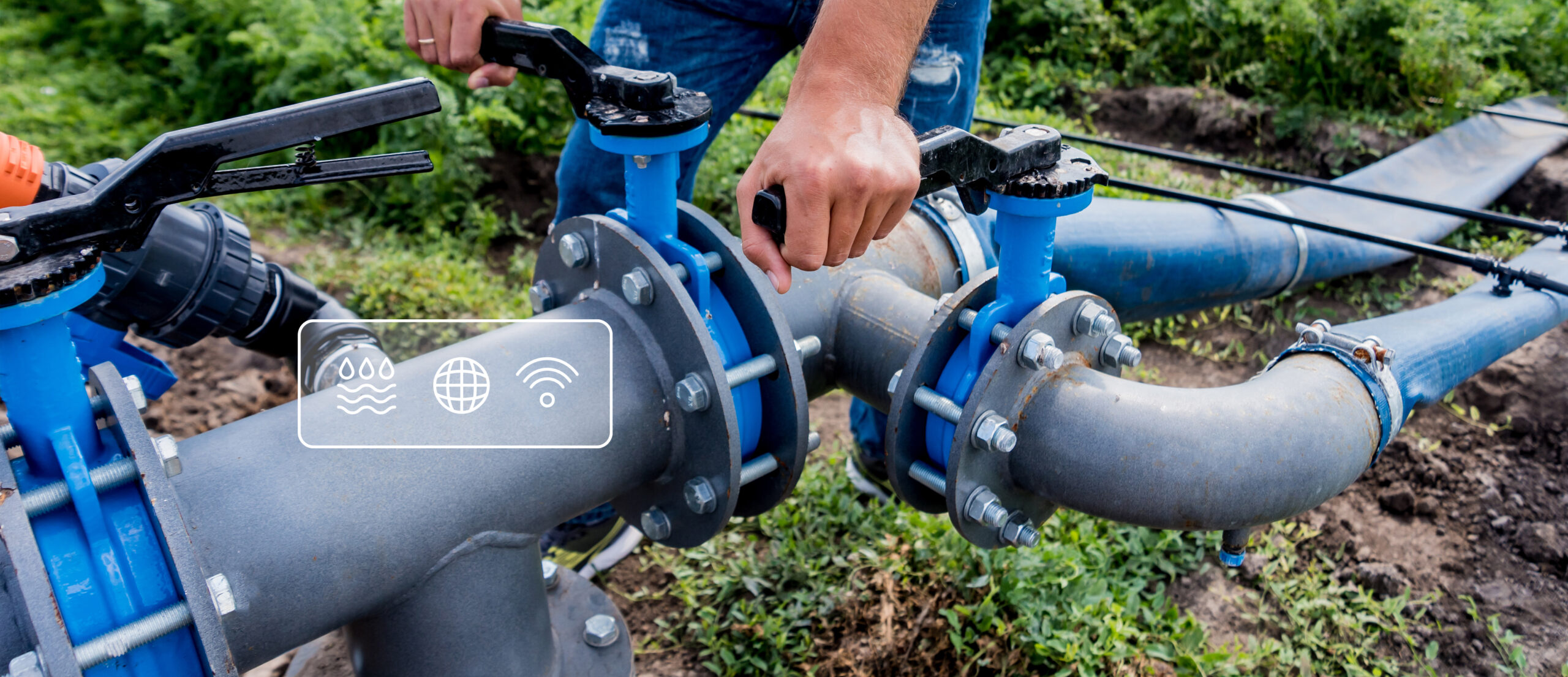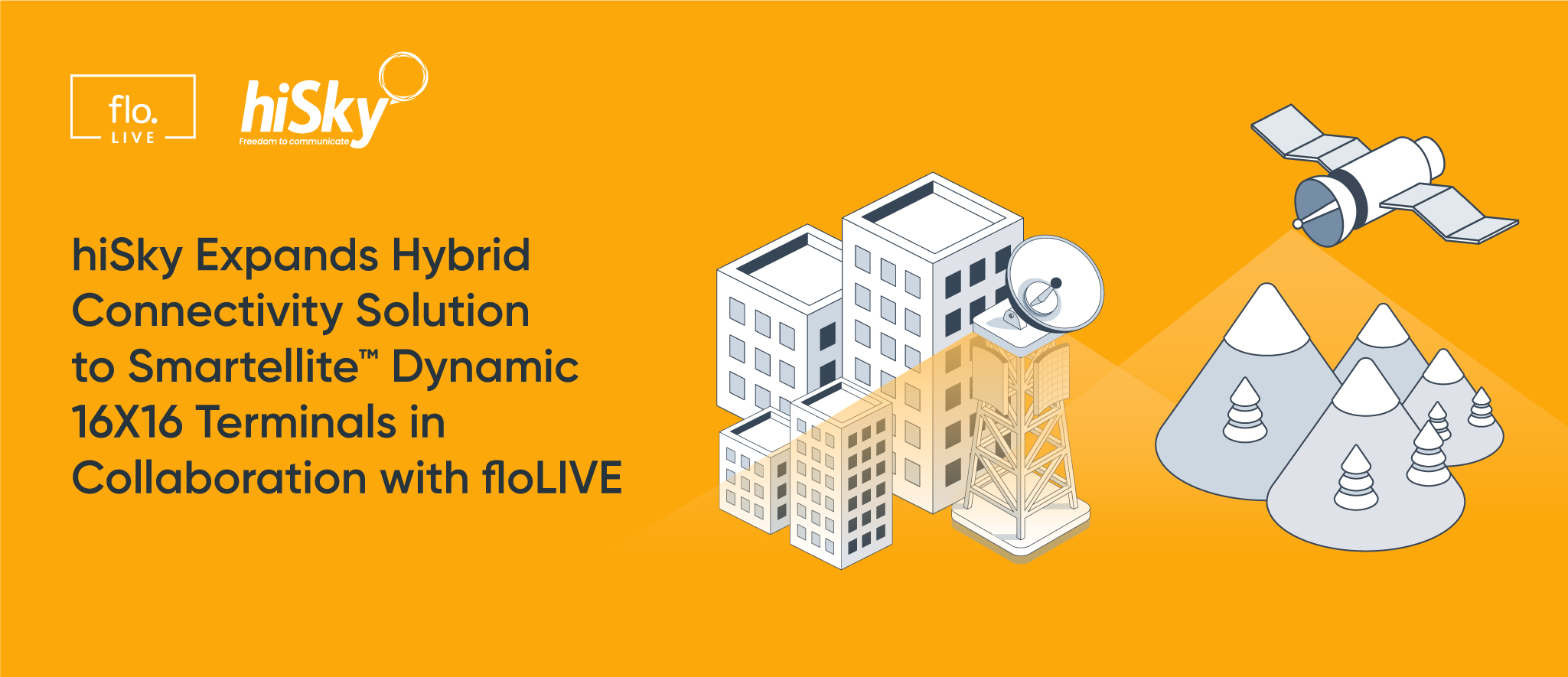Page Contents
IoT for Utilities is Gaining Pace: How Companies Can Boost Their Competitive Edge in Water Control Systems

Page Contents
When you think about IoT technologies, it’s hard to imagine a better use case than connected Utilities. For anything from advanced metering for water, gas and electricity, to smart grids and water control or irrigation systems, IoT means that devices can be controlled and managed centrally, data can be always available, and reliability and security can always be top of mind.
However, when thinking about global Utilities, there are additional complexities to consider. Companies, such as BERMAD, a world-leader in water and flow management systems, recently navigated this journey when launching its line of smart irrigation controllers. The lessons learned are a blueprint for any Utilities company looking to streamline their entry into IoT.

Coverage: Global Operational Efficiency, with Compliance in Mind
Most global Utilities providers want the freedom to manufacture devices without needing to know exactly where they will be sent and deployed. As each region has its own compliance regulations, this can be complicated. GDPR is one such example, as well as countries such as Brazil, India, the UAE and Turkey that do not allow roaming after 90 days, a rule built for consumer devices, when of course IoT devices may be in the field for many years.
Companies can leverage local connectivity for its water management systems, so that each device would be location-agnostic at the point of manufacturing, and then automatically connect to a local operator on landing in-region. As the SIM sends and receives data using local connectivity, it can sidestep roaming altogether where necessary, remaining totally compliant.
Control: The Ability to Test, Provision and Maintain
In Utilities, testing is critical. Let’s take the example of a smart meter. If a device doesn’t accurately measure and report usage data, this could lead to inaccurate meter readings, incorrect billing, and frustrated customers who quickly look towards the competition. While local connectivity is the compliant choice for achieving global coverage, it often forces Utilities providers to launch their solutions without testing ahead of time. This is because with a local SIM card, devices wouldn’t work until they are in their chosen location. In some cases, businesses are not prepared to open themselves up to this amount of risk, and want to be able to test devices before sending them abroad. This is obviously incompatible with Utilities as an industry.
By choosing a smart, modern IoT solution, devices can be configured over-the-air (OTA), allowing the business to activate and test locally, and then deactivate and reprovision anywhere in the world. All data can be accessed from a single, centralized dashboard.
For troubleshooting and ongoing maintenance, this level of visibility and control is also critical. It is possible to have a snapshot of all the data that is being transferred via each SIM card, and access any details regarding connectivity or coverage at a glance. This dramatically reduces time to resolution if there is a fault, and allows for tight security and control over network events.
Complexity: A Single SKU, to Streamline Business Worldwide
Many businesses consider utilizing local connectivity by partnering with a local operator in each region that they want to do business. This would give them the benefits of local connectivity, but add a lot of operational overhead. Consider dozens of contracts, contacts, integrations and processes to get on board with, and having to think about different time zones, cultural norms, or invoices at the end of each month.
In contrast, companies can rely on a single partner that offers global coverage through a network of local POPs, and the largest IMSI library of its kind. Managing a single partner relationship with one integration to their platform takes a fraction of the time, reduces the costs, and adds a layer of ultimate transparency over connectivity operations worldwide.
This transparency opens doors for smart business intelligence. In general, IoT in Utilities demands the ability to remotely control connectivity and availability to manage optimal usage, quickly uncover security vulnerabilities, and spot spikes in data transfer or unexpected costs that could signal a problem, either locally or across the business. With a smart CMP, that’s exactly what you get.
Cost: Reducing the Bottom Line Expense, By Working Smarter not Harder
For today’s Utilities sector, working with a single vendor can provide critical economies of scale. These can be passed onto their own customers in the form of reduced service costs and more attractive rates for data packages. This would be impossible when juggling the overheads involved with operator relationships to cover additional countries, but is all part of the package when you work with a single company who has many customers and relationships with dozens of global MNOs.
More generally, it’s important to make sure that costs are in the business’ control, both for how Utilities companies price their services, and their own internal overheads. For charging customers and subsidiaries, your modern CMP will include a smart billing system, so you can be flexible about how you price connectivity, and choose between fixed or variable pricing, single or rolling tiers, pooled plans, price by usage, bundles, discounts, and much more. Behind the scenes, make sure that you’re only paying for active devices, as it can take up to a year before devices arrive at their end destination, and that’s time where you can’t afford to pay for devices that are not in use.
On the back-end, there are a number of ways to use visibility and flexibility to stay on top of cost control. Instead of waiting until the end of the month to see how much has been spent, a smart, modern CMP allows Utilities stakeholders to gain real-time insight into their spend. On top of that, with a multi-IMSI approach, if the service provider hikes their charges, it’s easy to switch to a new operator, all OTA without service disruption. Just as BERMAD did, these savings can be passed onto the end-user, boosting customer satisfaction and loyalty.
Battery Life: Real-time Insight and Control to Extend Device Lifetime
As Utilities devices such as water control systems usually use minimal data, simply turning on once or twice each day to send or receive information, it’s important to put smart connectivity policies in place to reduce the strain on battery life. While traditional electricity meters may have only sent readings every 30-60 days, today – readings tend to be sent daily. You could use NB-IoT and CAT-M technology for this use case, so that outside of transmitting data, devices remain asleep.
Often, your choice of smart technologies will depend on what kind of device you’re using. For example, electricity meters have a built in power generation source, while water meters usually won’t. Modern connectivity management systems will offer unique approaches to reducing latency and conserving battery life, including:
- The use of local packet gateways: Roaming is known to cause high latency, which will have a direct impact on battery life. By deploying local PGW, alongside techniques to tackle issues like interference from radio frequency and current and energy consumption rates, battery life can be extended.
- Targeting the network connectivity and application layer: Most people only consider the communication between the device and the end platform. However, you can also reduce latency in between, by co-hosting application servers alongside the local PGW, so that data travels more quickly between the layers.
- Data exchange technology: A sophisticated CMP will offer its own unique approach towards limiting latency when receiving data in Utilities. For example, at floLIVE, we can store messages from the application layer until a device wakes up. At that point, messages are received automatically. No checking needed.
Bringing it all Together with a Hyperlocal Global Network for IoT in Utilities
A hyperlocal global network for IoT, managed by an intelligent Connectivity Management Platform checks all the boxes. Instead of juggling multiple SIMs, SLAs, time-zones and contracts, Utilities stakeholders can form a single relationship with their vendor of choice, and obtain truly global connectivity via one centralized dashboard.
Local connectivity manages compliance and data privacy considerations, while the single operator relationship streamlines complexity on the back end, reduces the strain on battery life, and keeps cost control front and center.

Join Our Newsletter
Get the latest tips and insights in our monthly newsletter.








